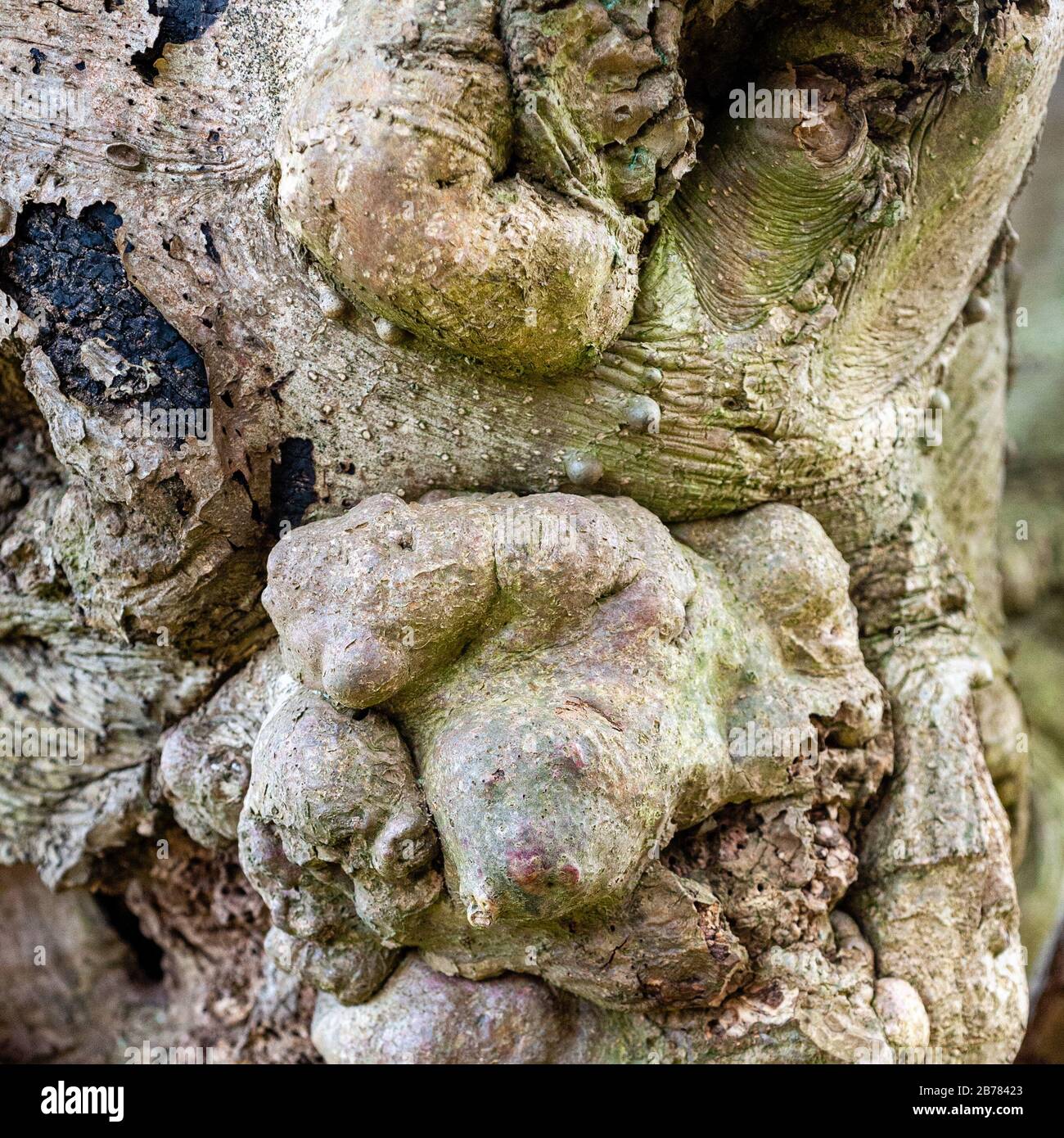Twisted Gnarled Tree Hi-Res Stock Photography And Images - Alamy
About A Twisted
Trees with unique branching are happy to fill the role of architectural interest in the winter garden. Join gardening expert Katherine Rowe in exploring distinctively curled, twisted, and gnarly branches to add spark to the frosty landscape.
Contorted beeches are long-lived trees that will bring character to any landscape. A dwarf, 20-foot tree that slowly develops into a gnarled gesticulating mass of veering branches, 'Tortuosa' looks like something that would adorn a haunted castle, or perhaps the dooryard of a slightly demented wizard.
Discover which types of trees tend to grow with twisted trunks and learn about spiral growth in trees. Read about species that tend to exhibit this growth pattern and follow links to see pictures of
Need help selecting a twisty tree for your landscape specimen? Discover several tree species that can grow with twisted trunks and branches.
Various kinds of junipers cover huge expanses of broken terrain as small shrub-trees. They are defining features of the lava plains of central Oregon, for example, where they form stunted woodlands in the shadow of the Cascades. Many, like the western and Utah junipers, may grow twisted, gnarled trunks, promoting a scraggly, broad-crowned
Ancient trees' gnarled, twisted shapes provide irreplaceable habitats The trees' knotty bark and ability to die in segments house and feed forest species
Due to their location, the 40 foot tall trees have an extensive root system that grows upwards of 300 feet at maturity. Their trunks grow in a twisted, gnarled pattern due to the high, salt water winds that constantly batter their habitat. These trees are occasionally grown for ornamental purposes in their native California.
Last Monday I came upon the gnarled and pendulous cultivar of the white mulberry on Bussey Hill. It appeared as some sort of sea serpent well, snow serpent in this case emerging from the lower depths. I decided to scout some of the other wonderful quotpendulaquot or quottortuosaquot forms of trees, especially those with gnarled, twisted, knotted tangles of branches.
A tree's trunk can twist in all directions, making the tree's shape unique and distinctive. Trees that have twisted trunks are often viewed as being interesting and attractive. Let's look at twisted trunk trees and discuss which varieties are most likely to have a gnarled trunk.
The species name, contorta, means quottwisted.quot This refers to the contorted, twisted, or gnarled shape that results from coastal winds. The common name, shore pine, is derived from the tree's native habitat which includes rocky shores. The common name, lodgepole pine, refers to its use by Native Americans for building their teepees.



































